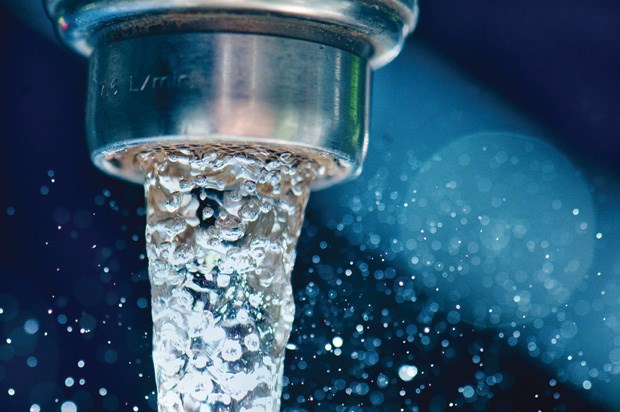Ahhh! Now that's a nice, refreshing glass of tap water. Richmond's 2013 annual water quality report notes residents enjoyed high-quality, reliable drinking water as nearly 2,000 water samples passed with "outstanding results."
Richmond receives its tap water primarily from the Capilano and Seymour reservoirs on the North Shore.
In 2013, the city used two per cent less water than in 2012 - the result of improved leak detection and the promotion of water conservation by the city, with programs like toilet and washing machine rebates and Project WET, an educational seminar for elementary students.
Last year, according to Metro Vancouver, toilets accounted for 30 per cent of water consumption, followed by 23 per cent for washing machines and 14 per cent each for faucets and showers.
This year, water rates rose by four per cent and are expected to rise again over the following few years. Since 2005, Metro Vancouver's wholesale rate for cities has doubled.
The city has 4,694 fire hydrants, 10,586 valves and 649 kilometres of watermains, for which they will spend close to $8 million maintaining in 2014.
Water consumption has generally decreased over the past 10 years, but the city's population has increased.
The report notes that an average Canadian uses 329 litres of freshwater per day, ranking among the highest consumers in the world.



